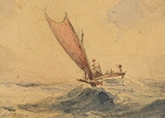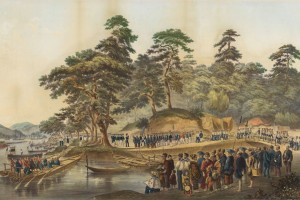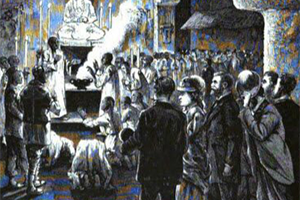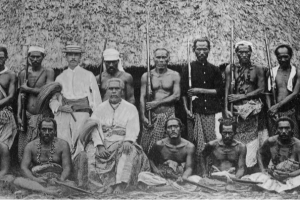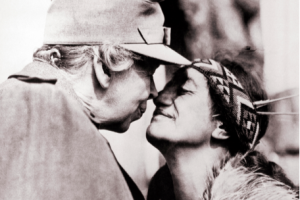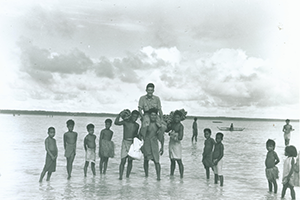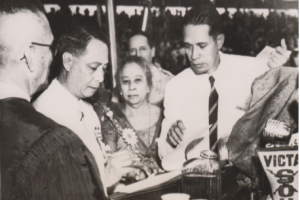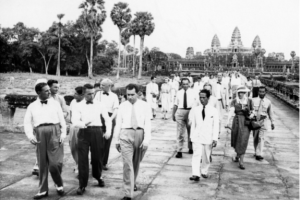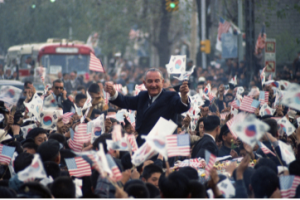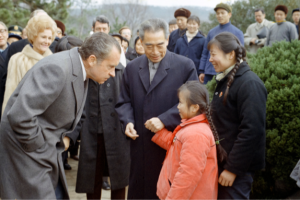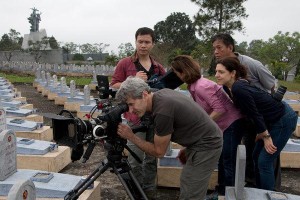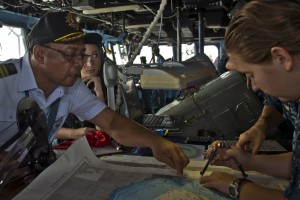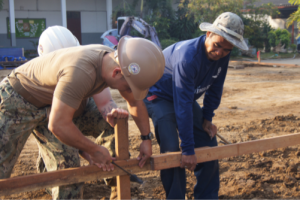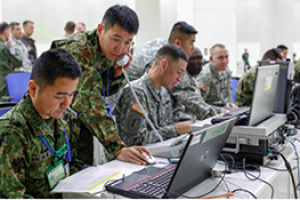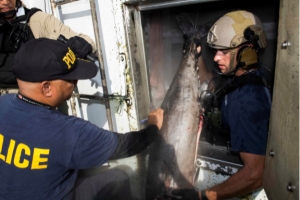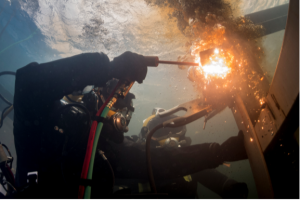An Exercise in Goodwill
Along with its wealth of natural resources and one of the largest and densest populations in the world, the Asia-Pacific has a complicated history of colonial rule, civil wars, and cross-border conflicts. The United States has fought in or with some Asian countries over the past 120 years, yet it has generally returned to peace and friendship with its one-time adversaries. These past histories of conflict are counterbalanced by the strong security partnerships and alliances that the United States and many of its regional counterparts have built since 1945 around common visions of freedom, democracy, and prosperity. To help maintain peace and stability, all five branches of the U.S. armed forces—Army, Navy, Marines, Air Force, and Coast Guard—participate in joint training exercises and law enforcement activities, as well as community building, with nations throughout the Asia-Pacific.
American presidents and other high-ranking officials often visit countries in Asia-Pacific, reaffirming the United States’ goodwill and dedication to peace in the region. One such symbolic moment is that of Mrs. Eleanor Roosevelt exchanging a traditional Maori greeting with her New Zealand guide during World War II, highlighting the respect, friendship, and shared humanity that links the United States to the Asia-Pacific.
